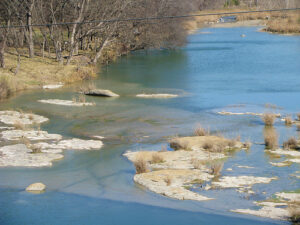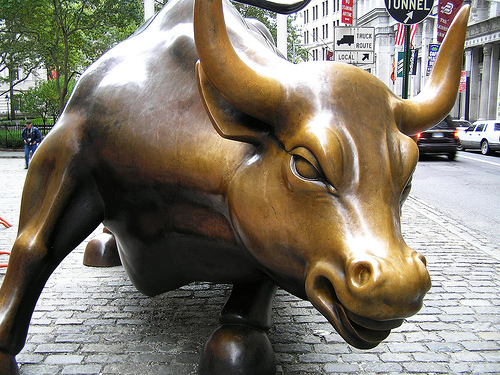- La Feria Community Holds Succesful Business Mixer Event
- Little Nashville to Take Place in Downtown Mercedes
- Lions Basketball Captures District Gold
- La Feria ISD Students Compete in Regional Chess Tournament
- Lions End First Half of 32-4A on a High Note
- La Feria ISD Held Another Successful Parent Conference
- Strong Appearance for Lions at Hidalgo Power Meet
- LFECHS Students Get to Meet Local Actress
- Students Participate in Marine Biology Camp
- Two LFECHS Students Qualify for All-State Band
San Saba is Among America’s “Most Endangered” Rivers
- Updated: April 22, 2013

The San Saba River in Texas has been named one of America’s Most Endangered Rivers for 2013. The report from American Rivers says the San Saba is being threatened by excessive water withdrawals. (TNS/Frank Bodden)
by John Michaelson
The 2013 list of America’s Most Endangered Rivers is out – and the San Saba River in Texas is on it.
The report from the group American Rivers cites excessive water withdrawals by landowners and irrigators. That has a negative impact on agriculture and the ecosystem, said Griff Thomas, a rancher along the San Saba.
“This is one of the rivers that has the Guadalupe bass, which is the state fish of Texas. I haven’t caught one in that river in years now,” he said. “We had long stretches of native pecan trees along the river. Most of those have died. There’s no question from an environmental standpoint, this has been devastating.”
It has become so bad, Thomas said, that 50 miles of the San Saba River now stops running for several months each year. He and other advocates are calling on the state to implement a water-master system, to help regulate and maintain adequate flows.
Another problem, he said, is the millions of gallons lost annually because of a poorly constructed river diversion.
“There’s a canal system that’s in the Minora area – that diverts the water – which has been shown by state and federal studies to be very wasteful, with the majority of the water diverted actually not even making it to the points of irrigation,” he said.
The most endangered river in the nation this year is the Colorado River. Matt Niemerski, American Rivers’ director of western water policy, said it’s being threatened by outdated water management and persistent drought.
“We’re in our 13th year of drought,” he said. “If we invest in these conservation and efficiency solutions now, we’re going to be thankful we did that, 10 to 15 years from now.”
The Colorado River provides drinking water for 36 million people from Denver to Los Angeles and irrigates nearly four-million acres of farmland. Those demands are expected to increase in the coming decades, while scientists predict climate change will continue to reduce the flow.





